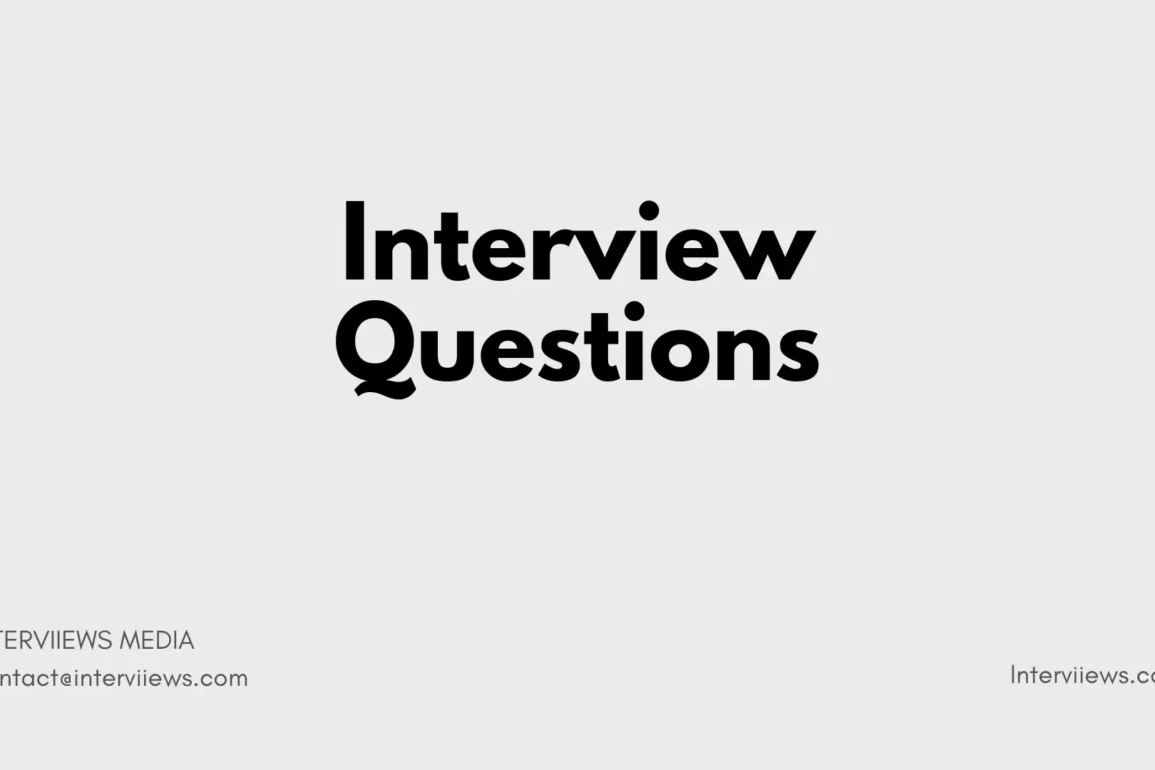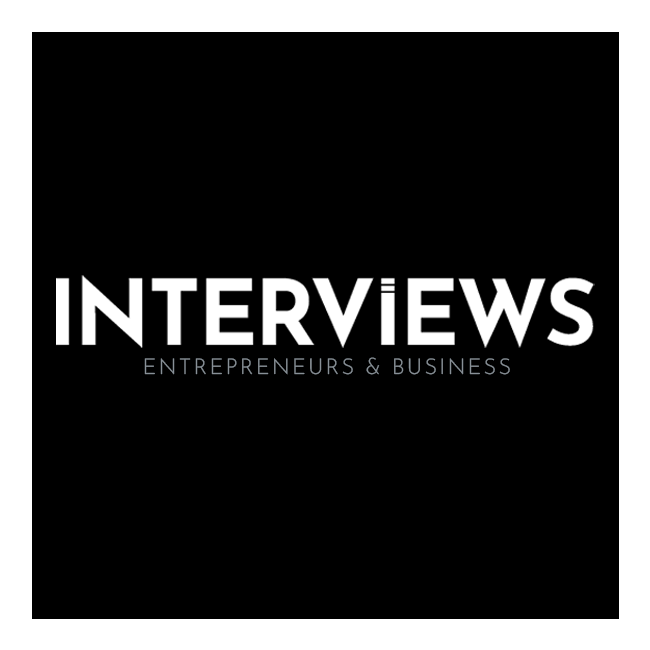Essential Questions to Uncover Role Expectations During VP Interviews
- Role Responsibilities:
- Can you describe a typical day or week in this role?
- What are the most important projects I would be working on in the first 6 months?
- What are the key performance indicators (KPIs) for this position?
- How does this role contribute to the overall goals of the department and the company?
- What are the biggest challenges and opportunities facing the team right now?
- Company Culture:
- What are the core values that drive the company’s culture?
- Can you share an example of how the company has successfully implemented its values?
- How does the company promote work-life balance and employee well-being?
- Professional Development:
- What are some of the professional development opportunities available to employees?
- How does the company support employees in achieving their career goals?
- What are the potential career growth opportunities within this role and the company?
- Leadership Approach:
- How would you describe your leadership style?
- What are your expectations for your team members?
- How do you provide feedback and support to your team?
- How do you encourage collaboration and idea sharing within the team?
- Qualities of Successful Vice Presidents:
- Successful vice presidents possess a unique combination of qualities that enable them to lead their teams effectively.
- Firstly, they must have strong communication skills in order to clearly articulate goals and objectives to their team members.
- They must also be able to motivate their team by setting an example and providing positive reinforcement.
- In addition, successful vice presidents need to have excellent problem-solving abilities in order to anticipate potential issues and devise solutions quickly.
- They should also be highly organized and detail-oriented, as this allows them to manage multiple tasks simultaneously.
- Finally, successful vice presidents must have the ability to think strategically and make decisions based on data and research.
- Problem-Solving and Conflict Management:
- If I noticed a trend that was negatively impacting the company’s performance, my first step would be to identify the root cause of the issue.
- This could involve gathering data and analyzing it to determine what is causing the problem.
- Once I have identified the source of the issue, I would then develop an action plan to address it.
- This plan should include short-term solutions as well as long-term strategies for preventing similar issues in the future.
- Finally, I would communicate this plan to all relevant stakeholders and ensure that everyone understands their role in implementing the solution.
- Assignment and Team Management:
- When given an assignment, I ensure that everyone is working efficiently and effectively by first understanding the goals of the project.
- Once I have a clear picture of what needs to be accomplished, I then create a plan with specific tasks and deadlines for each team member.
- This allows me to track progress and identify any areas where additional resources or support may be needed.
- I also make sure to communicate regularly with my team members throughout the process.
- Strategies for Success:
- What strategies do you use to ensure that the company’s goals are met?
- Describe a time when you had to make a difficult decision as Vice President.
- How do you handle conflicts between departments or team members?
- Explain your experience with developing and implementing strategic plans.
- What is your approach to managing budgets and resources?
Strategic Inquiries that Reveal Organizational Insights in VP Interviews
In preparing for VP interviews, it’s essential to ask strategic questions that reveal organizational insights. Here are key aspects to consider:
1. Strategic Vision
A forward-thinking approach that aligns with the company’s long-term goals is essential. This question evaluates your ability to envision the future, anticipate industry trends, and craft a roadmap that addresses current challenges while capitalizing on emerging opportunities.
Your response should demonstrate a deep understanding of the company’s core values, market positioning, and competitive landscape. It reflects your capacity to articulate a compelling vision that inspires and mobilizes the organization toward sustained growth and innovation. Articulate a clear, actionable, and realistic strategic plan.
Highlight your familiarity with the company’s mission and how your vision integrates with its strengths while addressing potential weaknesses. Discuss specific initiatives, metrics for success, and how you plan to foster a culture of continuous improvement and adaptability.
2. Key Metrics for Success
Understanding which key metrics to prioritize when evaluating company performance reveals strategic thinking, alignment with organizational goals, and comprehension of what drives success in the industry. This question digs into the capacity to distill vast amounts of data into actionable insights that influence major business decisions.
The metrics highlighted can demonstrate a focus on financial stability, market competitiveness, operational efficiency, or customer satisfaction, all crucial for steering the company toward sustained growth and adaptation in a dynamic market.
Articulate a clear rationale for selecting specific metrics and how these align with the company’s strategic objectives.
3. Employee Morale and Organizational Dynamics
Navigating complex organizational dynamics during challenging times is key. Maintaining employee morale directly impacts productivity, retention, and workplace culture. The ability to motivate and support employees through adversity reflects an understanding of human psychology and organizational behavior.
This question delves into your strategic thinking, emotional intelligence, and leadership style. It also reveals how you balance empathy with the need to achieve company goals, demonstrating your aptitude for sustaining a positive work environment under pressure.
Articulate specific strategies that have proven effective in past experiences. Highlight initiatives such as transparent communication, recognition programs, and opportunities for professional development.
4. Fostering Innovation
Innovating within a team or department directly impacts the company’s ability to stay competitive and relevant. This question dives into the capacity to create an environment where new ideas can flourish, examining the approach to encouraging creativity and risk-taking among team members.
It also looks at the ability to balance innovation with the practicalities of business objectives, resource constraints, and market demands. Highlight specific strategies or initiatives you’ve implemented to foster innovation. Discuss how you created a culture that encourages experimentation and learning from failure.
5. Managing Change
Managing organizational change during mergers or acquisitions requires understanding both strategic objectives and human dynamics. The role involves aligning different corporate cultures, maintaining morale, and ensuring smooth transitions while minimizing disruption.
This question delves into the ability to balance these often conflicting priorities and demonstrates strategic thinking, leadership, and adaptability. Emphasize your ability to communicate transparently, create a shared vision, and implement structured change management processes.
6. Responsibilities and Challenges
The primary responsibilities of a Senior Vice President can vary depending on the organization, but typically include developing and executing strategic plans, overseeing operations and personnel, and acting as a liaison between the Board of Directors and senior management. In some organizations, the Senior Vice President may also be responsible for financial planning and analysis.
I am responsible for developing and implementing the company’s strategic plan. This includes setting goals and objectives, identifying and assessing opportunities and threats, and developing and implementing strategies to achieve the company’s long-term goals. I also work with other senior leaders to ensure that the strategic plan is aligned with the company’s overall business strategy.
The biggest challenges I face in my position are:
- Ensuring that the company is able to maintain a high level of profitability despite challenging economic conditions.
- Managing the company’s growth so that it is sustainable and does not outpace our ability to deliver quality products and services.
- Attracting and retaining top talent, both in terms of executives and employees.
7. Differentiating the Company
There are several ways to differentiate a company from its competitors. One way is to focus on the company’s unique selling proposition (USP). What is it that your company does better than anyone else? This could be a combination of factors, such as offering a superior product or service, having a more efficient production process, or providing better customer service.
8. Additional Strategic Questions
Some strategic questions to consider during the interview include:
- What is your strategic vision for our company over the next five years?
- How do you prioritize company performance using key metrics?
- Can you describe a time when you had to make a tough but necessary decision?
- How do you handle conflicts between departments or team members?
- What is your experience with developing and implementing strategic plans?
- How do you manage budgets and resources?




